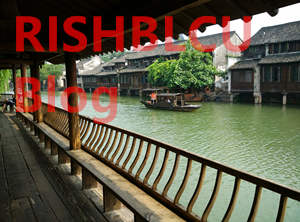Simplified or Traditional; which dialect is for you?
The Chinese languages are spoken by over a billion people. China is one of the world’s fastest growing economies. The vast majority of the Chinese-speaking population is in China (over 980 million), Hong Kong, and Taiwan (19 million), but substantial numbers are also found throughout the whole of Southeast Asia, especially in Singapore, Indonesia, Mala…




